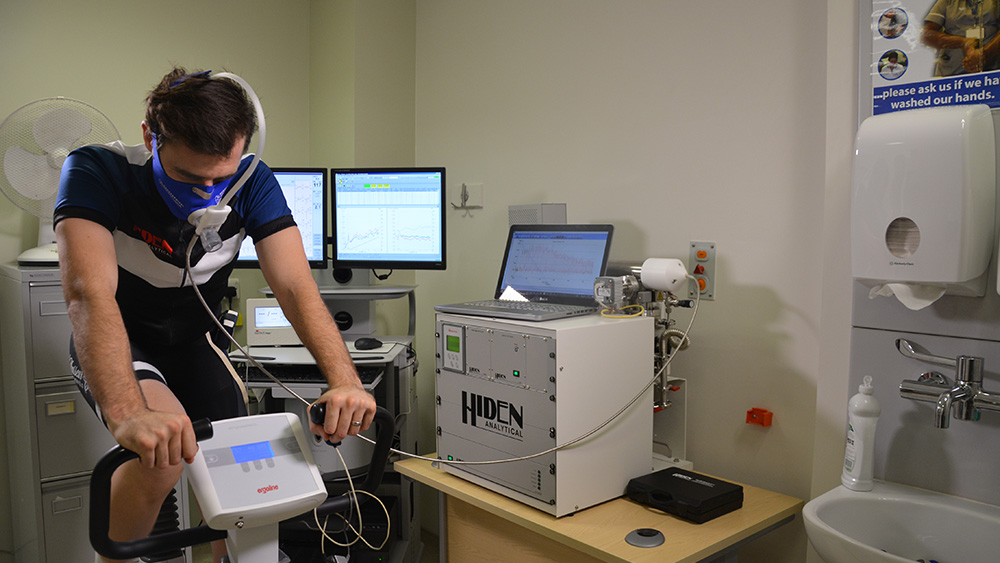Exhalated human breath contains thousands of organic compounds, which vary depending upon the air quality and the respiratory health of the individual. Typically, humans exhale up to 78% nitrogen, but the overwhelming majority of factors in human breath are on the trace and ultra-trace scales. These can include volatile organic compounds (VOC) such as isoprene. Multi-stream gas analysis has been used to characterize the chemical composition of human breath at rest and exertion to determine the concentration levels of isoprene in individuals of different fitness levels.

Real-time gas analysis of human breath has concluded that isoprene is a viable biomarker for diagnosing blood cholesterol levels, with alternative studies further suggesting that isoprene can be used as a novel biomarker for diagnosing advanced fibrosis in patients with liver disease.
This blog post will explore the use of multi-stream gas analysis of human breath for diagnostic applications.
Multi-Stream Gas Analysis of Isoprene
The concentration of isoprene in human breath has been considered a viable biomarker for measuring blood cholesterol concentration and synthesis rates noninvasively. However, variations in participant demographics resulted in disparities in isoprene levels. Novel experiments determined the importance of monitoring gas streams from human breath in real-time, during states of rest and exercise, to accurately characterize isoprene expiration.
The HPR-20 Transient MS is a comprehensive gas analysis mass spectrometer suitable for measuring the chemical composition of gas streams at flow rates of up to 10L per minute. This provides dynamic measurements of gas streams in situ, with a high sensitivity of 5 parts per billion (ppb) to precisely quantify the concentration of isoprene in human breath after a period of exercise.
Exertion is critical for determining the relationship between isoprene and blood cholesterol as the VOC is washed from muscles during periods of exertion through the pulmonary gas exchange process, before being exhaled from the body. Real-time gas analysis using the QIC Multistream detected initial isoprene levels of roughly 50 ppbv prior to the participant engaging in exercise relative to their own perceived levels of effort. As expected, the isoprene wash-out from muscles and exhalation was observed with an initial spike in human-breath concentration levels to a range of 200 ppbv.
The HPR-20 Transient MS was able to perform rapid gas analysis of each breath in real-time to determine the increase in isoprene and the incremental decrease back to original levels after a period of rest. This novel research technique provides unparalleled response times across a broader dynamic range for robust and high-sensitivity analysis of human breath.
Gas Analysis with Hiden Analytical
Hiden Analytical is a leading supplier of gas analysis instrumentation for established and cutting-edge applications. Our QIC MultiStream range is suitable for high purity gas analysis, fuel cell, and environmental monitoring applications.
If you would like any more information about our mass spectrometers for high-sensitivity gas analysis, please do not hesitate to contact us.

